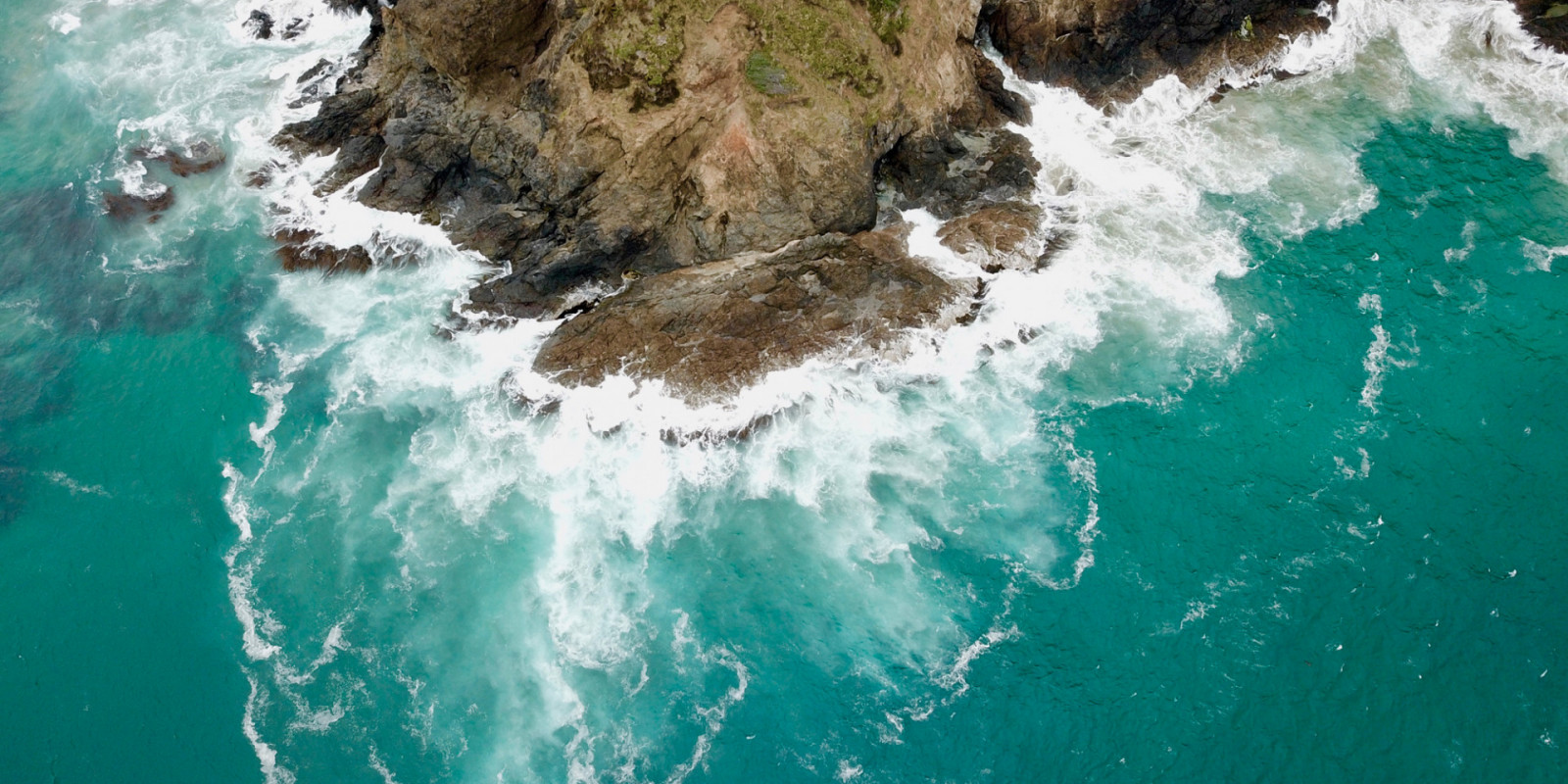- Summary
Plastic, pests and industry
This impact case study describes how a public engagement tool has led to biosecurity and commercial benefits (August 2020).
A model we developed to underpin the Ocean Plastic Simulator, a tool for public engagement that demonstrates ocean connectivity, has dramatically reduced processing times compared with existing models commonly used in Aotearoa New Zealand and around the world. This reduction has enabled novel research, and commercial and biosecurity applications.
The need for speed
The decrease in run time of our underpinning model was entirely due to the public engagement focus of our project.
The original Sustainable Seas Challenge tool was an open access interactive website that shows how floating plastic waste moves around four significant coastal areas in Aotearoa New Zealand. Its purpose was to introduce ocean connectivity to school students, as a route to raise public awareness of the issues around marine management. It included a section about the importance of the ocean to Māori and their connections with the moana.
We specifically wanted the public to be able to directly engage with the tool, ie drop their own plastic and see where it went, rather than view pre-set scenarios. This is because active participation is much more effective at gaining and holding people’s interest.
However, even the simplified public-facing version of the model, just 100 particles per drop, would have taken 30–60 seconds to run using existing models. To keep people’s attention, the run time had to be under 1 second so people could click and immediately see the ‘plastic’ beginning to move.
We used the tool with great success in a number of outreach activities, including a LEARNZ virtual field trip and a Science Learning Hub teaching resource. More than 3,150 primary and intermediate students took part in the LEARNZ trip, the associated webpages have been viewed more than 6,100 times, and teacher feedback was positive.
The tool has been/is being adapted by both national and international organisations for their own public engagement (see the graphic above).
Faster processing
The underlying model combines regional models of tides, winds and currents with particle tracking software and maps to simulate the path taken by plastic water bottles floating in the top 3 metres of the sea, and how long they take to get to their destination.
In 30 minutes the model can calculate the path of 10 million particles for 30 days.
The existing models took an overnight run for just 70,000 particles.
New applications
With the right source data, the model can easily be modified to show where plastic pollution has come from or to predict movement of other floating objects.
- The aquaculture industry is using the model to predict where waste organic material moves to for environmental impact assessments, track the origin of spat, and quantify connectivity between farms to assess risk of disease spreading.
- The model is also being used for biosecurity, to help track the spread of invasive species.
Unexpected benefits
This mahi/work shows the benefits of interdisciplinary research and collaboration – in this case, it meant that the value of the improvements in the underlying model to research, commercial and biosecurity applications specifically for Aotearoa New Zealand were recognised and developed.
It also shows that the pathway to impact is not always clear or predictable. The focus of this project – participatory tools for public engagement – was unique. Getting investment in communicating important science concepts is difficult, and rarely at a scale required to communicate abstract concepts like the complexity of ocean connectivity, but in this case it has resulted in unexpected economic, environmental and biosecurity benefits.
Try the tool
See the latest iteration of the public engagement tool, which has been expanded by the Moana Project to cover the while of Aotearoa New Zealand’s coastline and almost all of our Exclusive Economic Zone (EEZ).

